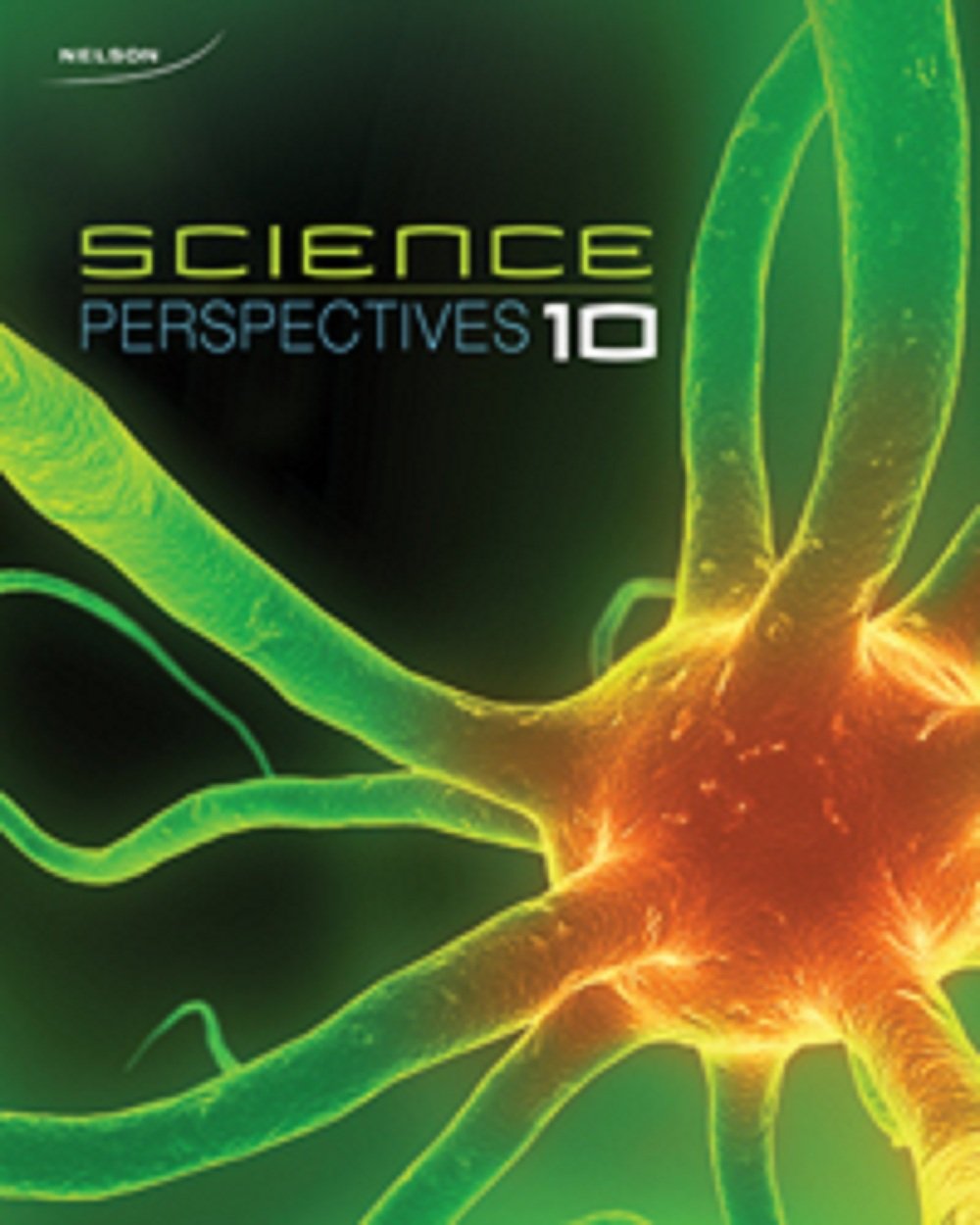
All Solutions
Section 12-1: What is Refraction?
$textit{b.}$, There have to be two optically different mediums, since it occurs when ray of light travels from one medium to another, optically different one.
$textit{c.}$, Light travels slower through the water than through the air:
$c_{air} = 3 cdot 10^{8}, mathrm{m/s}$
$c_{water} = 2.25 cdot 10^{8}, mathrm{m/s}$
$textit{b.}$, Two optically different mediums are required.
$textit{c.}$, Light travels slower through the water than through the air.
$textit{b.}$, Direction is unknown and it does not matter since we have enough information to conclude which medium is which, which does not affect the direction.
$textit{b.}$, Direction is unknown and it does not matter since we have enough information to differ two mediums.
a. away from the normal on entering a medium where it will travel faster.
b. towards the normal on entering a medium where it will travel slower.
It is used for some types of sunglasses as well.

